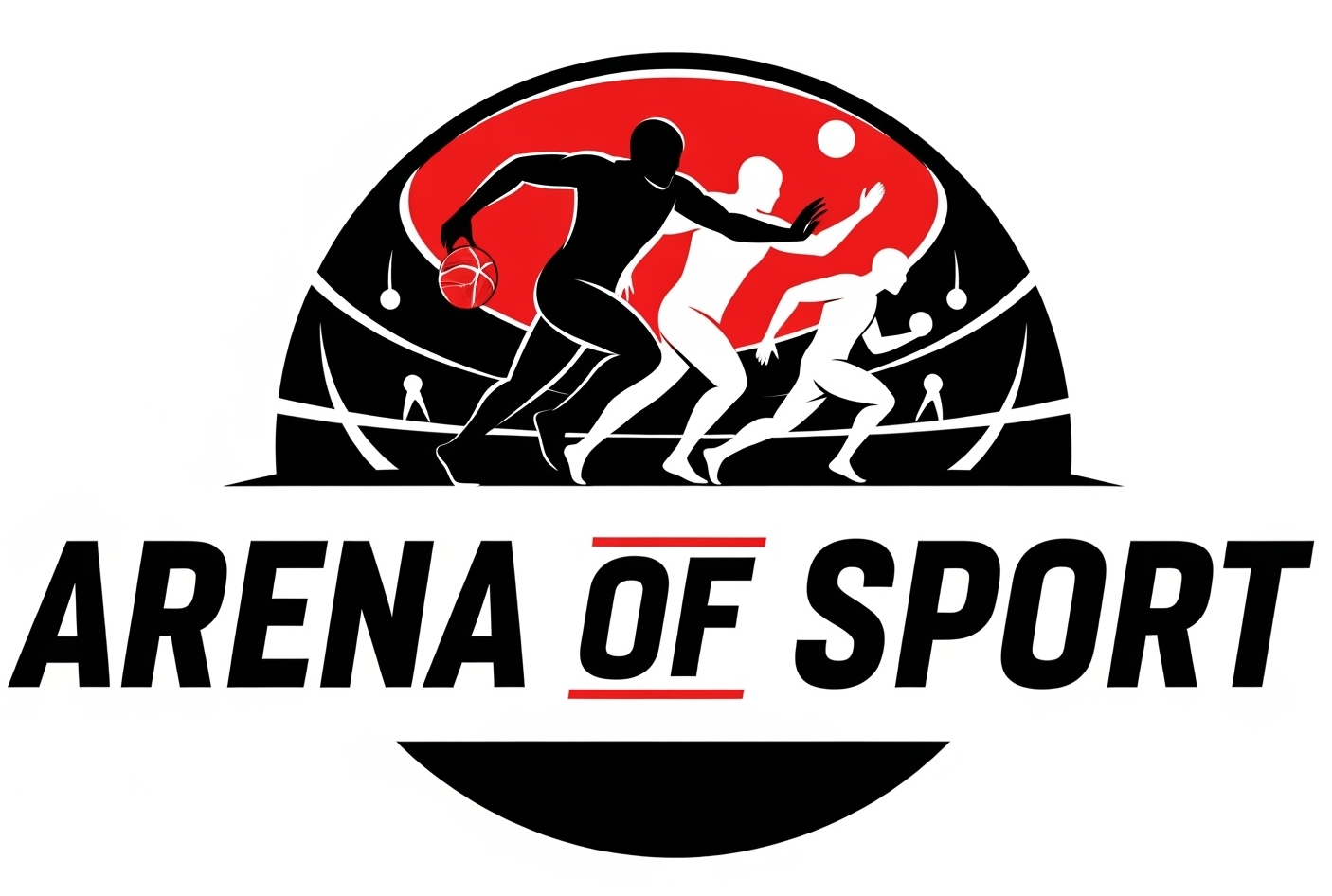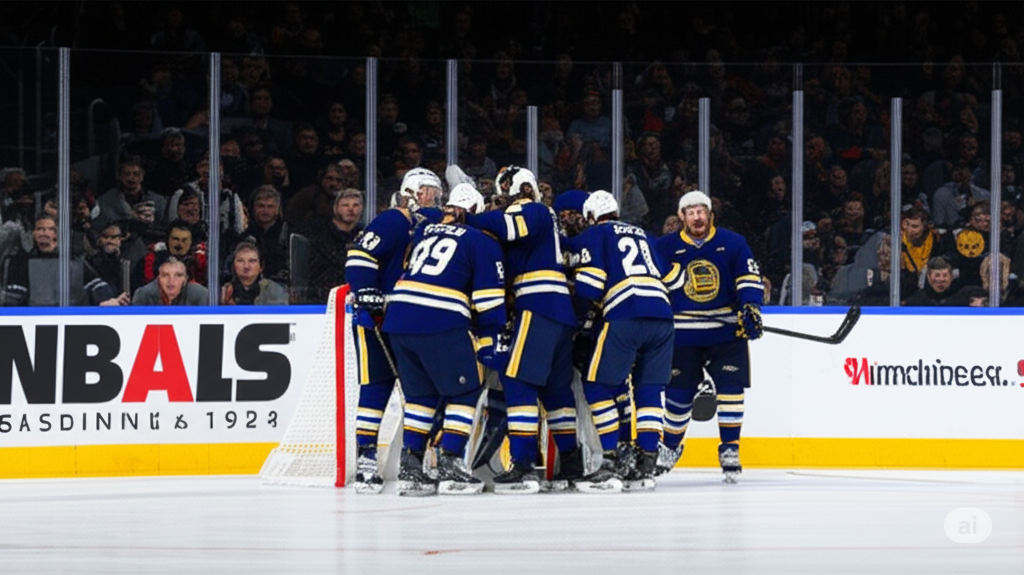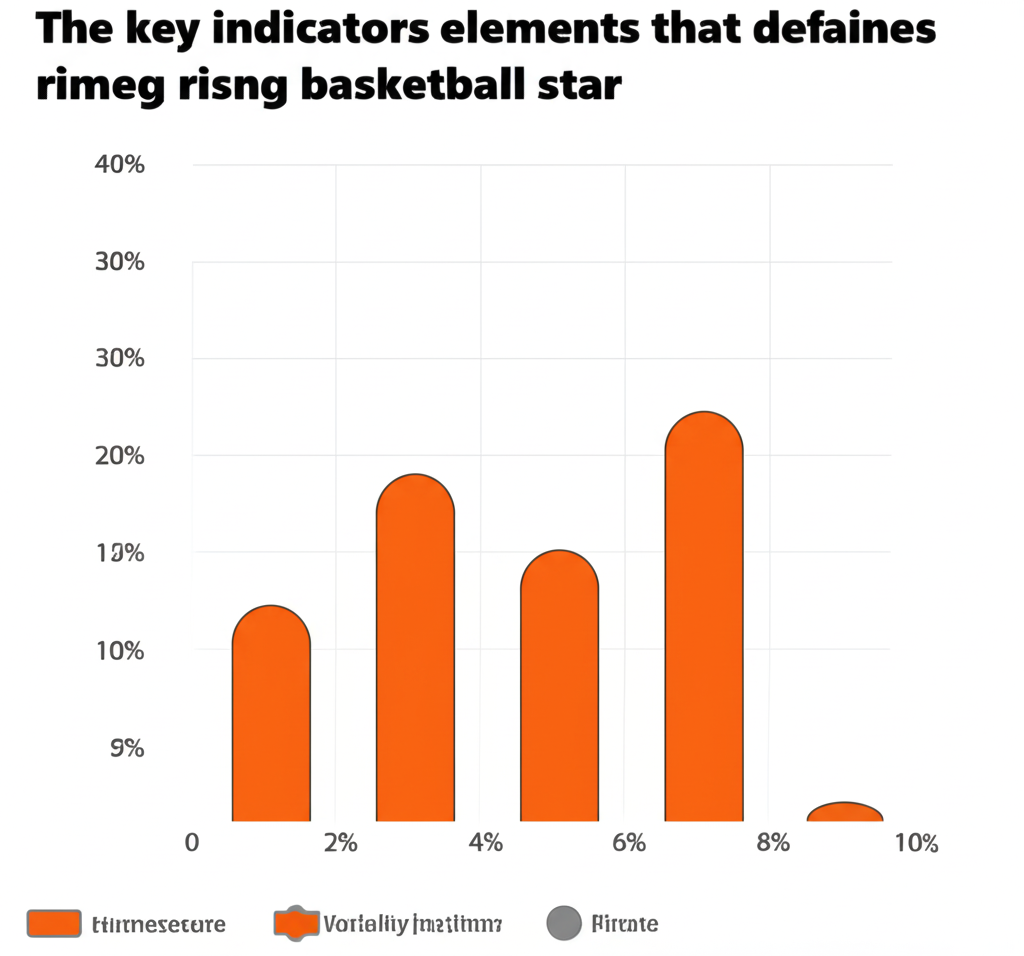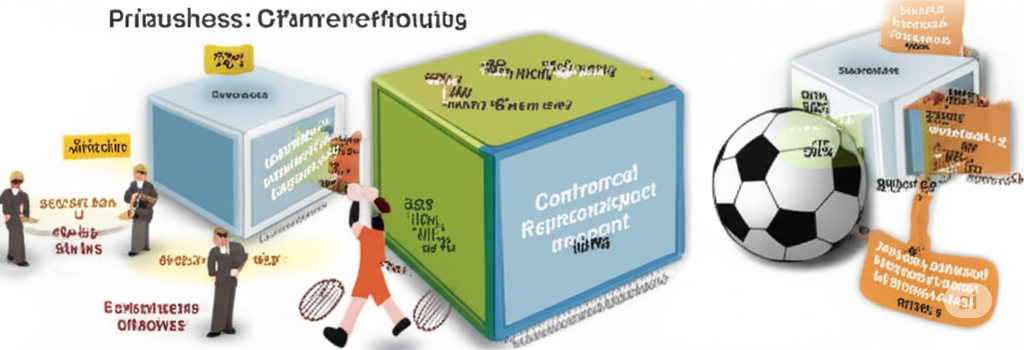Picture this: It’s Game 7, overtime, and two players who’ve been throwing punches at each other for a decade are suddenly face-to-face at center ice. The crowd is deafening. The referee drops the puck. This isn’t just hockey — this is war disguised as sport. Welcome to the world of hockey rivalries, where grudges outlive careers and hatred becomes tradition.
Hockey rivalries aren’t born in boardrooms or marketing meetings. They’re forged in blood, sweat, and decades of playoff heartbreak. These feuds transcend simple competition, becoming cultural phenomena that define franchises, cities, and entire generations of fans. From the Original Six era to today’s global NHL, certain matchups carry weight that goes far beyond two points in the standings.
When blood runs thicker than ice — the anatomy of hockey hatred
Real hockey rivalries don’t start with a single hit or one controversial call. They’re slow burns that ignite over years of accumulated grievances, playoff eliminations, and personal vendettas that span multiple generations of players.
The psychology behind these feuds is fascinating. Unlike other sports where athletes might shake hands and grab dinner after a game, hockey players nurse grudges like fine wine. Take the classic example of Claude Lemieux and Kris Draper. One devastating hit in 1996 created a blood feud that lasted over a decade, involving teammates, coaches, and eventually their children playing against each other in junior leagues.
The ritual of revenge
Hockey culture embraces the concept of payback in ways that would make Shakespearean dramatists jealous. Players keep mental ledgers of every slight, every cheap shot, every playoff loss. This isn’t just about individual pride — it’s about family honor, city pride, and franchise legacy.
Geographic proximity breeds contempt
Distance matters in hockey hatred. Teams within driving distance of each other naturally develop more intense rivalries. Boston and Montreal fans don’t just dislike each other’s teams; they fundamentally disagree about what hockey should represent. It’s French-Canadian finesse versus blue-collar American grit, played out on ice with national pride at stake.
Media amplification effect
Modern rivalries are amplified by 24/7 sports coverage and social media. Every comment gets dissected, every gesture analyzed. Players who might have quietly disliked each other in the past now have their feuds broadcast globally, creating larger-than-life personalities and storylines that captivate casual fans and hardcore enthusiasts alike.
Original Six feuds that shaped modern hockey culture
The Original Six era gave birth to rivalries so intense they still influence how teams play against each other today. These weren’t just games — they were cultural battles that defined entire regions.
Boston versus Montreal represents the ultimate clash of civilizations. English versus French, Protestant work ethic versus Catholic artistry, blue-collar versus sophisticated. When these teams met, it wasn’t just about hockey supremacy — it was about which way of life was superior.
The numbers tell the story of this epic feud. From 1943 to 1979, these teams met in the playoffs an astounding 34 times. That’s more playoff series than some modern franchises have played in their entire existence. Each series was a seven-game war of attrition, with careers made and broken on controversial calls and overtime goals.
Chicago’s midwest grit versus Detroit’s motor city pride
The Blackhawks-Red Wings rivalry embodied the industrial heartland’s competitive spirit. Chicago represented the grain and livestock trade, while Detroit symbolized automotive innovation. Their battles reflected broader economic competition between midwest powerhouses.
Toronto’s establishment versus everyone else
The Maple Leafs’ rivalry with literally everyone else stemmed from their perceived arrogance and media attention. As Canada’s most visible franchise in the country’s largest market, Toronto naturally attracted hatred from smaller markets who viewed them as privileged and overrated.
New York’s sophistication complex
The Rangers carried the burden of representing America’s most cosmopolitan city in a sport dominated by small-town Canadian values. Their “Broadway Blueshirts” nickname wasn’t flattery — it was mockery from teams who viewed them as soft and overpaid.
Cross-border battles — Canada vs USA rivalry evolution
Nothing ignites hockey passion like national pride wrapped in playoff intensity. The Canada-USA rivalry transcends club hockey, spilling into Olympics, World Championships, and even junior tournaments where future NHL stars first taste international competition.
The 1972 Summit Series fundamentally changed how Canadians viewed hockey. What was supposed to be an easy victory over amateur Soviet players became a nail-biting eight-game series that challenged Canadian hockey supremacy. This awakening led to a more aggressive, defensive style that influenced NHL play for decades.
American hockey’s evolution from novelty to legitimate threat happened gradually, then suddenly. The “Miracle on Ice” in 1980 wasn’t just an upset — it was a declaration that hockey could thrive outside Canada’s traditional strongholds. Suddenly, college programs in Minnesota, Michigan, and Massachusetts were producing NHL-caliber talent.
Fast-forward to today’s NHL, where American-born players like Auston Matthews and Jack Hughes aren’t just competing with Canadians — they’re surpassing them in skill and marketability. This shift has created subtle tensions in locker rooms and obvious tensions in international competition.
The rivalry extends beyond just player nationality. Canadian markets often view American expansion teams as illegitimate, particularly franchises in non-traditional hockey markets like Arizona, Florida, or Las Vegas. These “sunbelt” teams are seen as diluting hockey’s core identity, leading to resentment when they succeed against Original Six franchises.
European invasion and new continental clashes
The influx of European players fundamentally altered NHL dynamics, creating new rivalry dimensions based on playing styles, cultural differences, and national pride. This wasn’t just about individual players — entire hockey philosophies collided.
Swedish players brought a finesse-based approach that clashed with North American physicality. The stereotype of “soft Europeans” persisted for decades, even as players like Nicklas Lidstrom and Peter Forsberg proved that skill and toughness weren’t mutually exclusive. This cultural tension created fascinating subplot rivalries within larger team feuds.
Russian players faced additional scrutiny during Cold War tensions. When Soviet stars like Igor Larionov and Sergei Fedorov defected to the NHL, their success carried political undertones. American and Canadian fans viewed Russian skill with mixture of admiration and suspicion, wondering if their commitment to team success matched their individual talent.
Czech Republic’s hockey revolution
The Czech approach emphasized creativity and unpredictability, producing players like Jaromir Jagr who could single-handedly change game momentum. Their rivalry with traditional hockey powers wasn’t just about wins and losses — it was about proving that hockey excellence could emerge from different philosophical approaches.
Finnish sisu meets North American intensity
Finnish players brought a concept called “sisu” — stubborn determination in face of adversity. This mentality created perfect chemistry with North American hockey culture, but also sparked debates about which approach was more effective: Finnish systematic precision or Canadian improvisational chaos.
Modern European integration
Today’s NHL features seamless integration of European and North American styles, but underlying tensions remain. When Alexander Ovechkin scores highlight-reel goals while playing minimal defense, critics invoke old stereotypes about European priorities. These subtle biases continue influencing how rivalries develop and how fans perceive international players.
How legendary rivalries influence betting patterns and fan loyalty
Smart bettors know that rivalry games operate under different rules than regular season matchups. Historical data becomes less reliable when emotions run high and players perform beyond statistical expectations.
The betting public consistently overvalues favorite teams in rivalry games, creating opportunities for sharp bettors who understand that underdogs play with extra motivation against hated opponents. Boston-Montreal games, for example, have produced more upset victories than statistical models would predict, simply because players elevate their performance when facing historic enemies.
Fan loyalty reaches irrational levels during rivalry games. Season ticket holders who might skip regular games against non-conference opponents will pay premium prices to watch their team battle traditional foes. This emotional investment creates atmosphere that genuinely affects game outcomes, particularly in playoff series where home-ice advantage becomes magnified.
The following factors make rivalry games unique betting propositions:
- Player performance often exceeds season averages due to emotional motivation
- Goalies frequently play above their normal level in high-stakes rivalry matchups
- Penalty minutes and fights increase significantly, affecting game flow and scoring
- Coaching strategies become more conservative, leading to lower-scoring games
- Referee management becomes crucial as officials try to control escalating tensions
- Weather and travel factors matter less when teams are geographically close
- Media attention creates additional pressure that can affect younger players
Modern sportsbooks have adapted by offering specialty prop bets specifically for rivalry games. You can now bet on fight totals, penalty minutes, or whether specific players will drop gloves. These markets exist because bettors understand that rivalry games follow different patterns than regular season contests.
The next generation — emerging rivalries that will define hockey’s future
Today’s NHL is creating new feuds that will entertain fans for decades to come. These aren’t manufactured by marketing departments — they’re organic conflicts born from playoff battles, controversial trades, and generational talent clashes.
Connor McDavid versus everyone else represents the modern era’s defining dynamic. When you’re unanimously considered the world’s best player, every opponent wants to prove they can shut you down. Edmonton’s recent playoff success has created fresh animosity with teams who view the Oilers as overrated despite McDavid’s brilliance.
Vegas versus traditional hockey markets embodies the sport’s expansion tensions. The Golden Knights’ immediate success irritated established franchises who had suffered through decades of mediocrity. Their unconventional approach to roster construction and fan engagement challenged hockey’s conservative culture, creating resentment that will persist for years.
The battle for New York between the Rangers and Islanders has been rejuvenated by both teams’ recent competitiveness. After years of mutual irrelevance, their renewed playoff battles are creating new memories for younger fans while rekindling old hatreds among their parents.
Climate change is creating an unexpected rivalry dimension as northern teams claim moral superiority over southern expansion franchises. This subtle tension reflects broader cultural debates about hockey’s environmental impact and traditional identity.
Will these new rivalries match the intensity of Original Six feuds? Probably not immediately. But give them time, playoff heartbreak, and a few controversial hits. Hockey hatred, like fine wine, only improves with age.
The sport’s global expansion means future rivalries might involve teams from different continents, creating international feuds that transcend traditional geographic boundaries. Imagine Stockholm versus Toronto, or Prague against Montreal. Hockey’s next chapter might be its most interesting yet.




